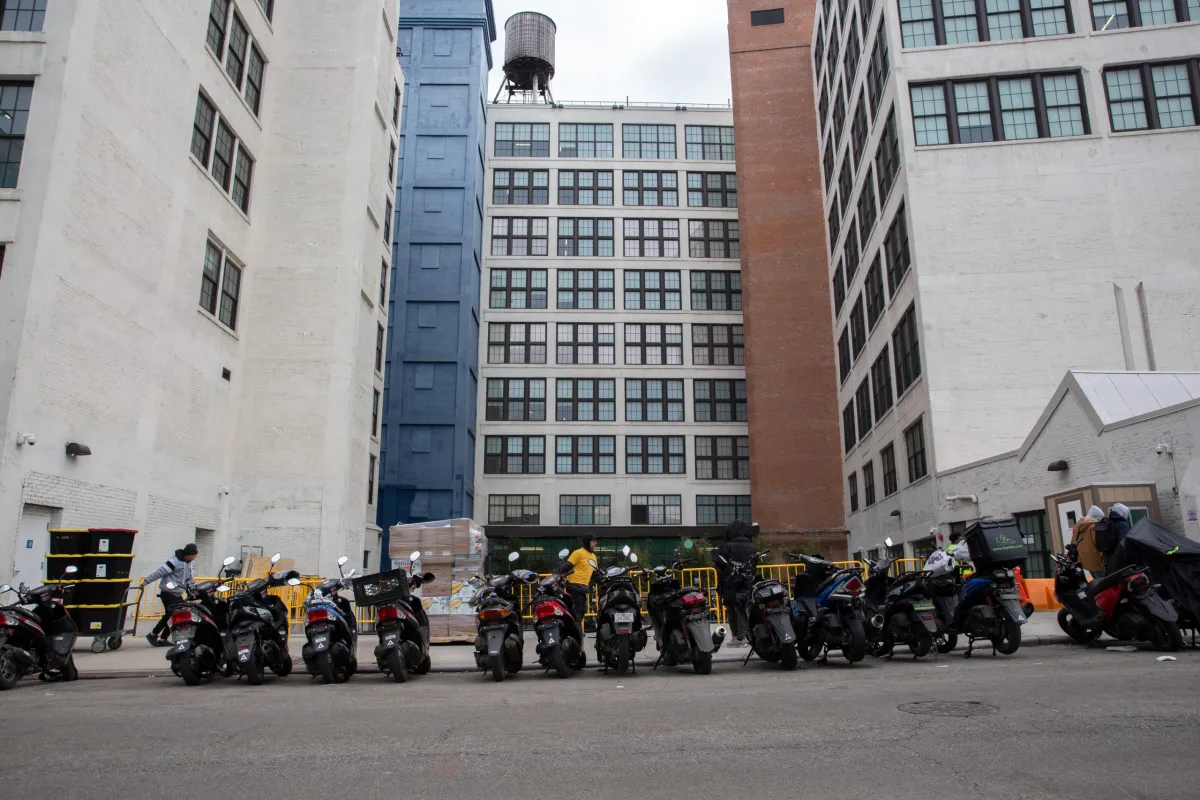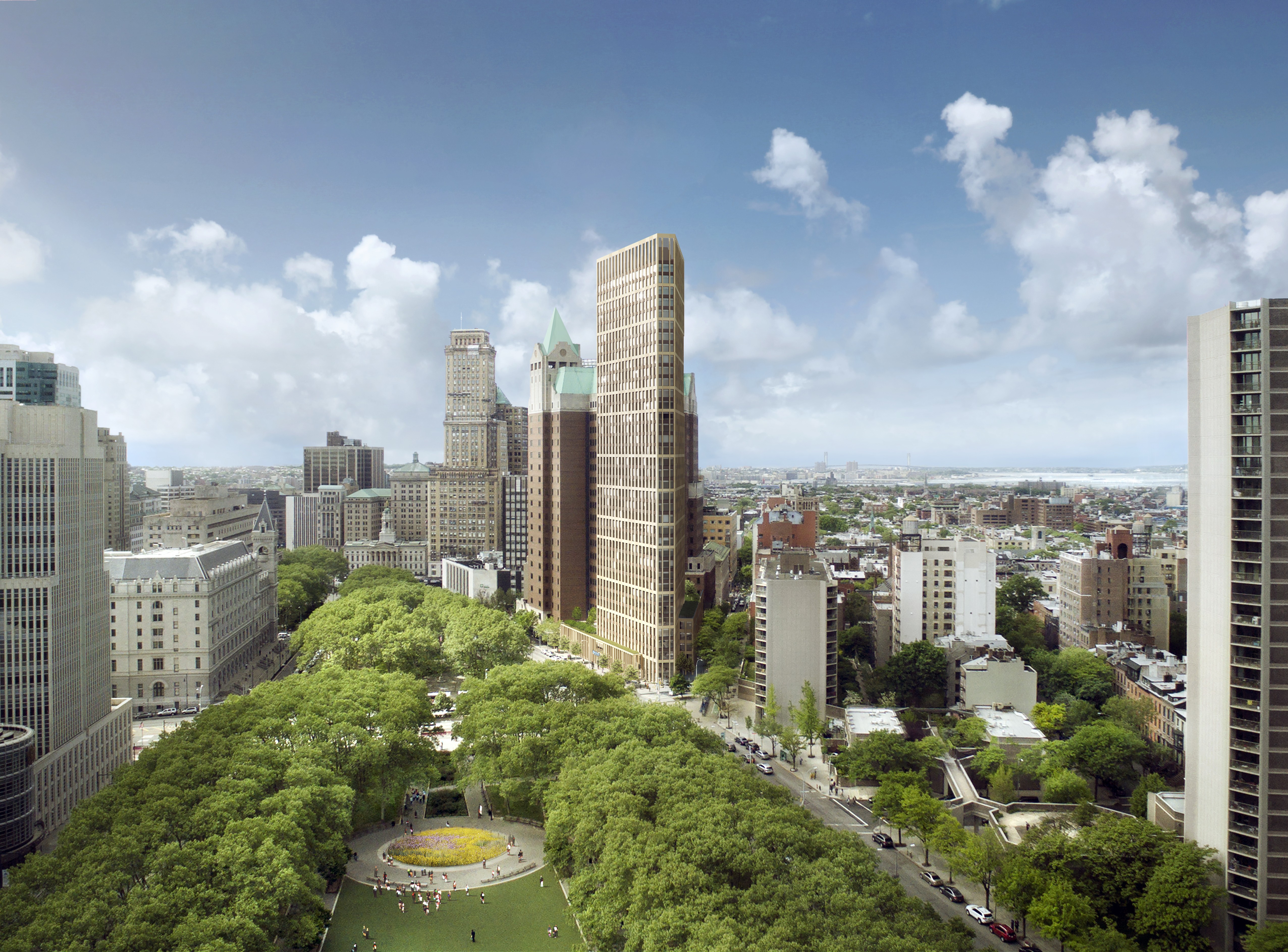Brooklyn’s Hall Street Migrant Shelter Grows to 3,000, Testing Neighbors in Clinton Hill
Some have welcomed the influx of migrants, which now include children enrolled in nearby schools. Others have complained about an increase in trash, loitering, noise and street activity.

Workers bring supplies to the Hall Street migrant family shelter in Brooklyn, Feb. 21, 2024. Credit: Ben Fractenberg/THE CITY

A massive migrant shelter in a complex of converted warehouses on Hall Street in Clinton Hill that opened last summer with no public announcement has since grown to house around 3,000 people.
